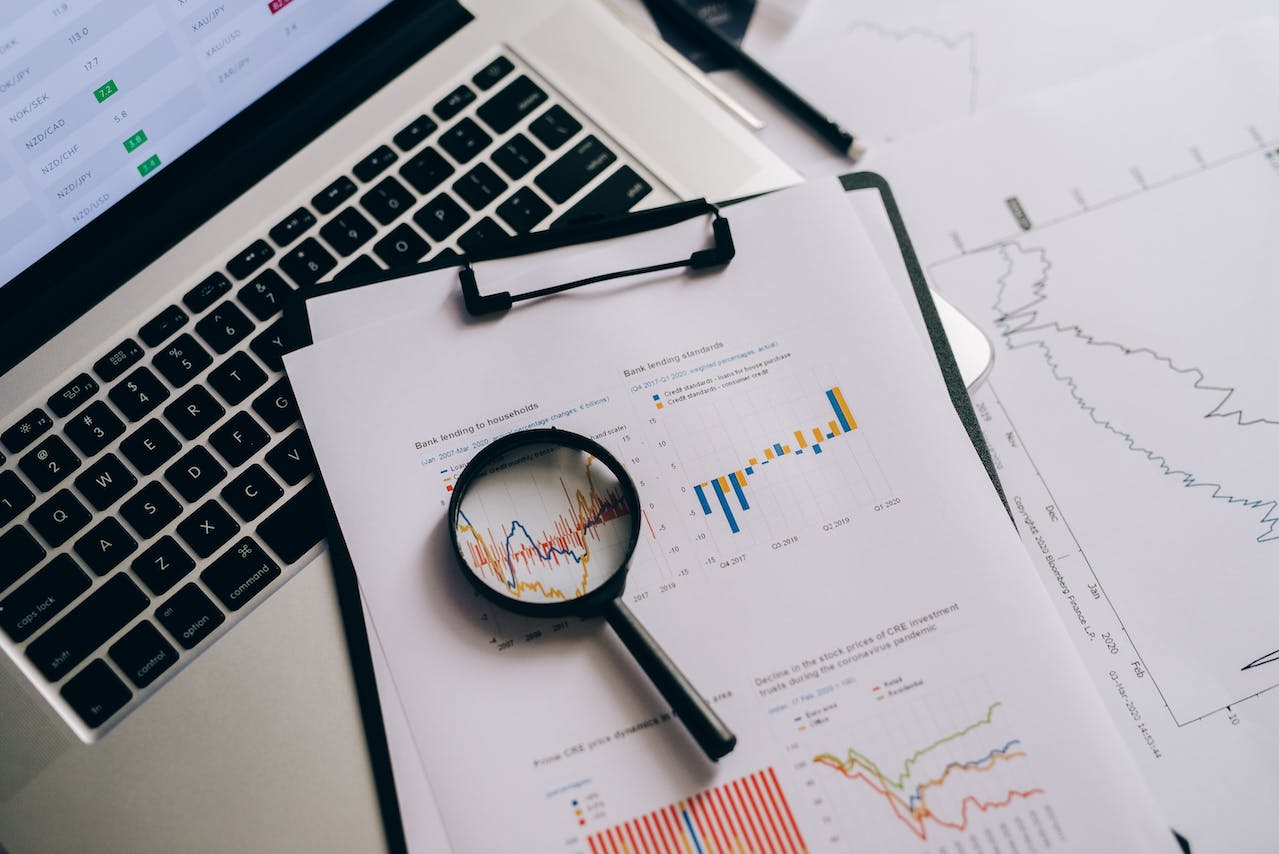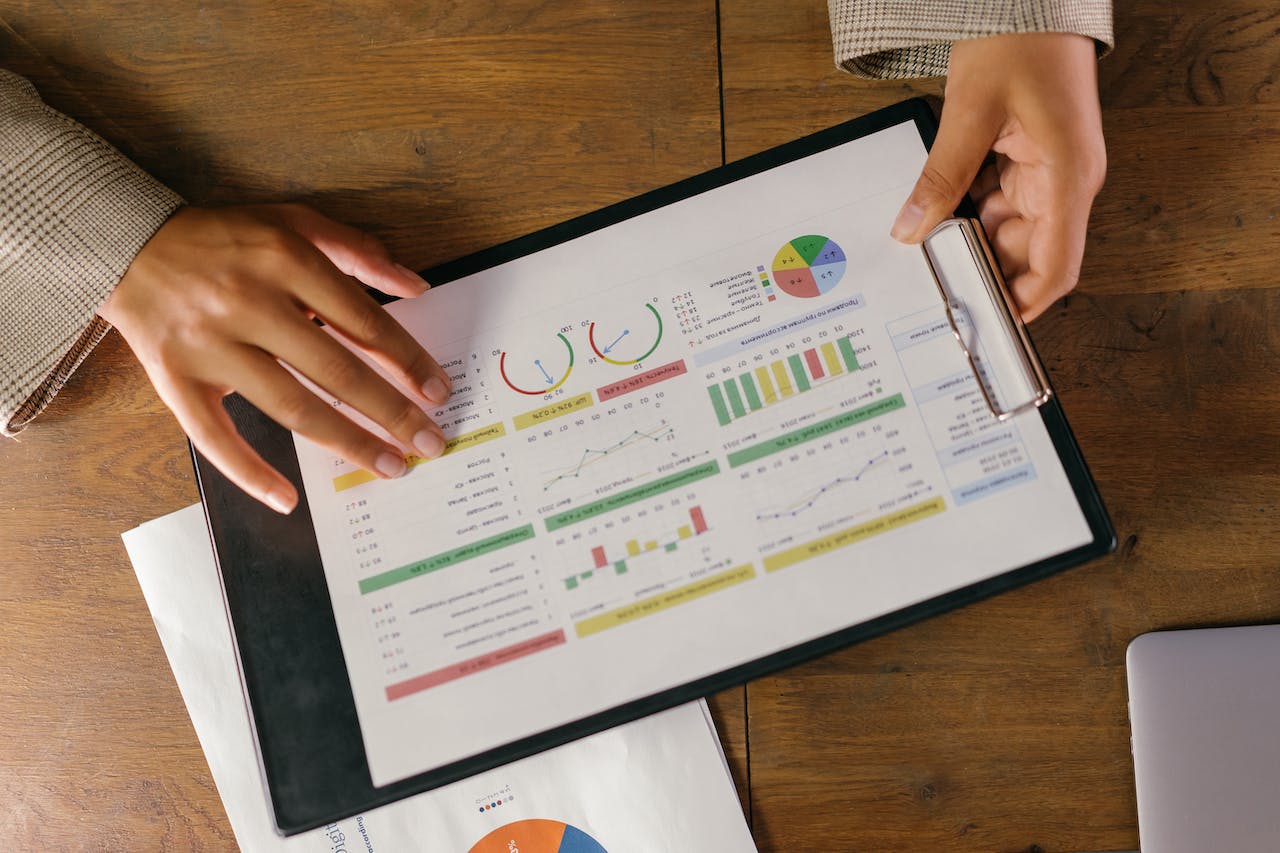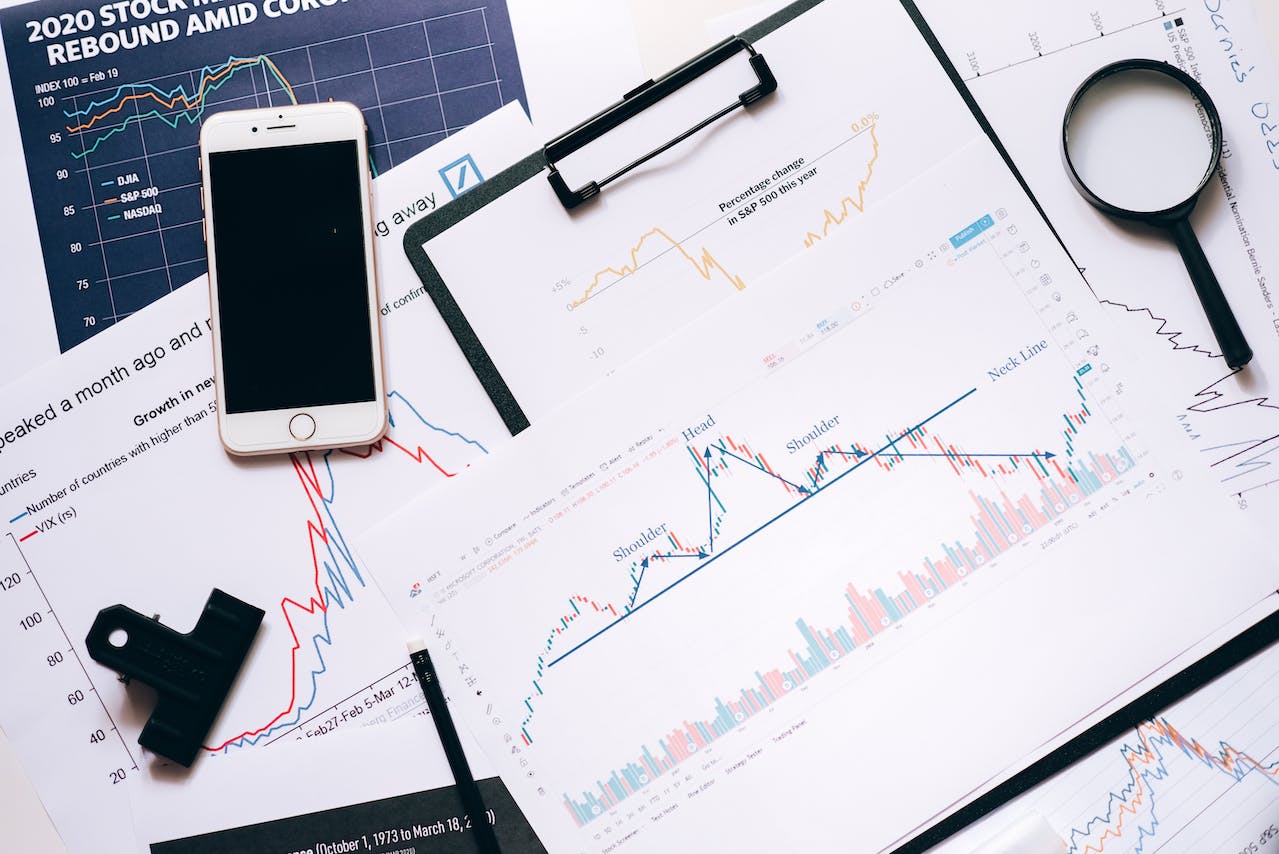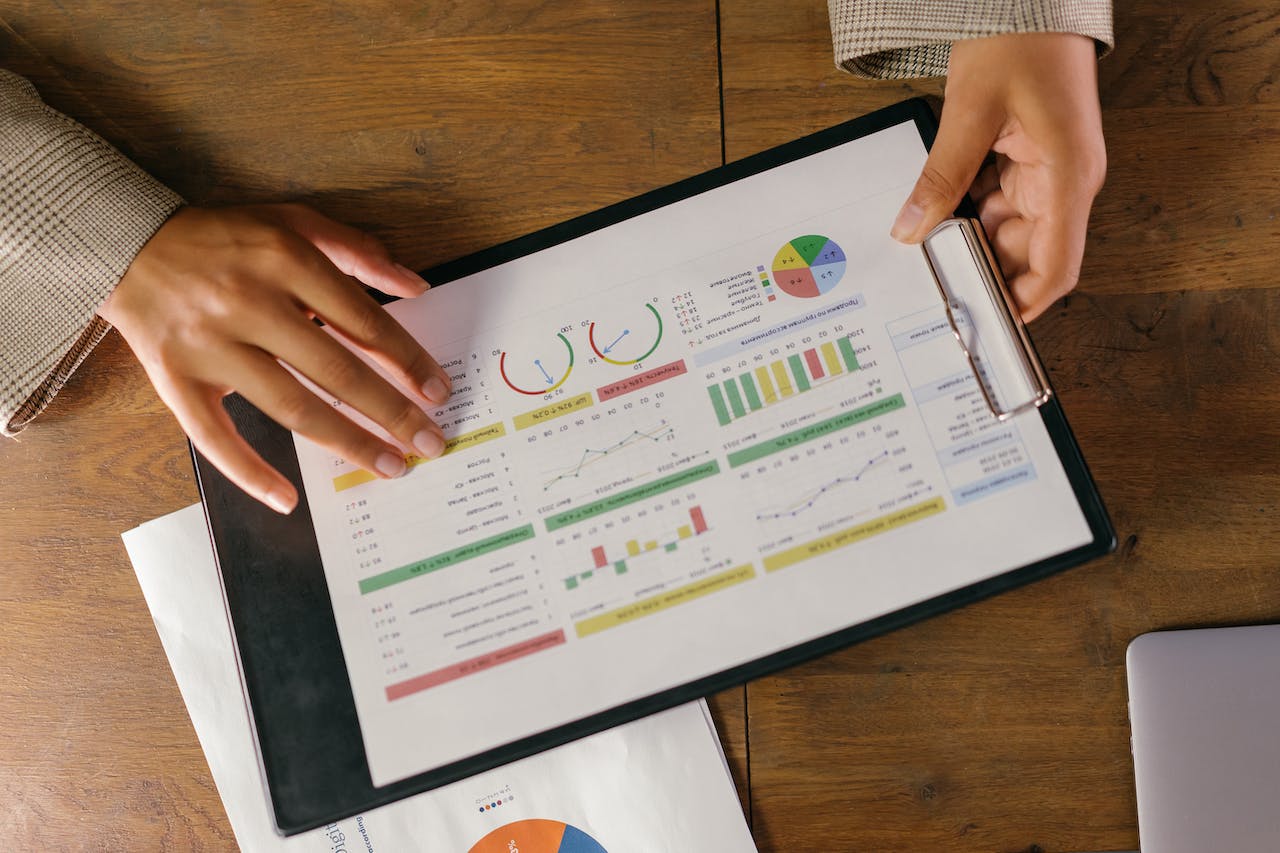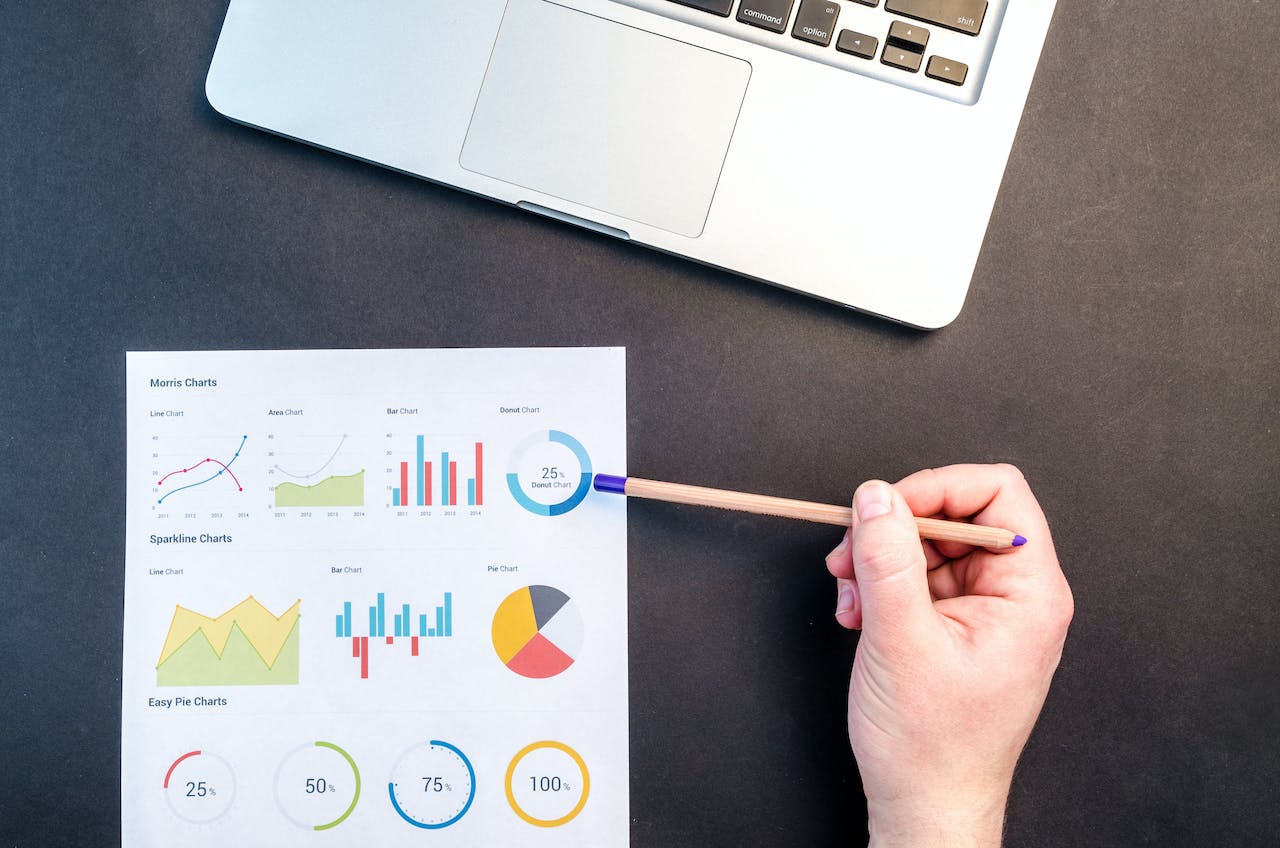
Data analytics are now an essential part of running a businessbecause they help you make smart decisions and keep growing. This piece talks about the best ways to leverage data analytics, with a focus on how it can be used to improve and run businesses.
Data analytics is critical for many reasons, such as streamlining processes, finding market trends, making intelligent marketing decisions, and knowing how users act. The story goes into detail about the different ways that companies can use data, such as A/B testing, machine learning, and putting data in its proper context.
In addition, it shows how to use big data to grow a business by focusing on collaboration, personalized lead creation, and keeping customers' best interests in mind. The piece also talks about how better governance and management can help improve data analytics. So, let’s then dive into this article to learn more about the best ways to leverage data analytics.
Data is an essential part of doing business today. If a business wants to operate well, it needs to have access to correct and up-to-date information about its customers, market, and rivals. Companies can use data analytics to get helpful information from their data that helps them make better choices.
With data analytics, you can find out what your customers like, how they act, what their needs and pain points are, how satisfied they are with your business or brand, and how loyal they are to you. You can also use data analytics to find new business opportunities.
Read on to learn what data analytics are, how they can affect your daily business operations, how they can help you understand how your customers act and guide product development, and how they can be used to improve your marketing efforts and your bottom line. Here are some ways to effectively leverage big data for business development!
Use It As A Guideline
Our team uses big data from essential experts in the field as a road map to success, but we're learning that we're the only ones in our field who are doing things this way. Most of what the industry is going through and facing doesn't affect us right now. Then, we can use this to our advantage to keep getting ahead.
Collaborate On Solutions
A lot of big tech and data companies, like Google, Microsoft, and Amazon, work with Accenture to help us find real answers for our clients. In today's market and world, we need to work together with our partners.
Evaluate Market Trends
We don't count on big data as much as most other companies do. The main places we can reach with our logistics are the ones we need to focus on. We try to spot trends in oil and gas, but the market goes up and down a lot.
Identify Patterns Through Machine Learning
When you combine big data with machine learning, you can find trends that you can use to make business processes better and more scalable. Tell your buyers about the market through statistics and create a culture that is based on data by using analytics to make choices based on facts.
Create Personalized Lead Generation Messages
To help us make particular lists, we use lead-generation tools that get information from all over the web. We're sending very targeted and individual messages to get people interested and set up calls. Our job as a very specialized service provider is to study the market and get our "foot in the door."
Contextualize Your Data
Big data is just a bunch of information. No matter how big or small the info is, it's essential to use it. Putting things in context is important. I've always said that a KPI or a single picture doesn't tell the whole story; what does is how they are put together and interpreted.
Evaluate 'Propensity To Buy'
There is so much data out there that it's easy to look at the wrong sets of data and come to the wrong conclusions. Correlation is an excellent way for businesses that sell more than one product to tell what's going on.
We use a "propensity to buy" metric to figure out how likely it is that a current customer will buy more goods from our catalog.
Analyze Customer Behavior
The next big thing in business growth is to look at how customers act. We need to know who our customers are, where they buy things, and why they buy from us. We can help our customers by giving them the information they need most once we understand these things.
Focus On Quality Over Quantity
It's only sometimes valid that more is better. Finding the correct data has become less important because of the big data craze. Our business growth team has done better by putting quality over quantity.
The two aren't mutually exclusive, but finding the factors that give us the most information should be our primary goal. More data has never been helpful; only more of the correct info has. More data, but only more of the correct data, has ever been helpful.
Protect Customers
We're always on the lookout for partners who can help us learn more about data and security. Then, we use all of our information to protect our customers from threats that are constantly changing. It also makes our value proposition stick in the market, which helps us grow into areas nearby. Big data and security information are the tools that businesses need to make intelligent decisions.
Map The Buyer's Journey
With big data, we can make a more accurate map of the buyer trip. For analytics, we use chunks of big data that divide our clients into groups based on their business, average lifetime value (ALV), and other factors. Big data helps people make better decisions about where to spend resources.
Learn Prospect Pain Points
Big data gives us the power to get a better look at our B2B possibilities. By finding out what our users don't like about our product, we can not only make it better, but we can also use this information to help our users do things better.
Analyze Content Marketing
A quarter of the money spent on marketing goes to content, and a lot of that is for business development. People often say that half of this money is lost, but which half is it? Is this even true?
When I look at big data, content insights tell me which content is being used by buyers, shared and used by prospects, and "moving the needle," and which content needs to be thrown away.
Daily Business Impact From Data
There is data everywhere. Every day, whether you're aware of it or not, it affects the choices you make at work. By putting together different kinds of data and finding trends in your data, data analytics can help you make better choices.
Not only is data coming in from fresher and more unusual places but it's also being made faster and faster. Because of this, businesses are under more pressure to find valuable ways to use the data they have that are good for both them and their users.
Companies need correct details about what's going on inside the company to be able to make intelligent choices. As real-time data keeps getting easier to find, businesses can use these new insights to make their daily processes better in the following ways:
- Streamline current processes by figuring out how to make them better or lower the costs that come with them.
- Find out what parts of the business are unnecessary and get rid of the work that needs to be done by hand.
- Improve the accuracy of your schedule to make sure you have the correct number of employees for each day based on past business projections.
Data analytics is instrumental in business because it can also be used to guess what will happen in the future. Based on the data they receive and analyze, data analysts are often asked to help their companies make better decisions. By looking at data from sales and marketing efforts, they can help find places to improve or ways to make more money.
Ways To Leverage Data
"Data" is a buzzword, but it's important to remember that it's not always the best way to solve business issues. Different groups not only have different needs, but they also gather various kinds of data as they work.
There are different ways that this data can be used based on the type of data and the organization's needs. A business can use the information it gathers in a lot of different ways, such as:
Identify Customer Preferences And Trends
Businesses can learn a lot about what customers want and what new trends are coming up by using data. By looking at how people buy things and how they interact with goods and services, businesses can make them more appealing to customers and stay competitive.
Inform Marketing Strategies And The Allocation Of Resources
Businesses can make better marketing decisions and better use of their resources when they make decisions based on data. Companies can carefully invest in platforms that bring in the most money by looking at customer demographics, engagement metrics, and conversion rates. This makes for a more effective and focused marketing campaign.
Understand User Behavior
Data collection lets you get a complete picture of how users act. Businesses can improve user experiences, make customer journeys better, and come up with personalized strategies that work for their target group by looking at website visits, click-through rates, and other online interactions.
Leverage Data Analytics With A/B Testing
Quantify Your Hypothesis
These days, even small changes can have significant effects, and not just for big companies like Google and Facebook. When making changes, you should A/B test them on different platforms and look at both quantitative data and qualitative feedback. If they both look good, you're on the right track.
Eliminate Bias And Drive Informed Decisions
Teams don't always agree, especially when it comes to big choices like price or features. Instead of long arguments, use A/B testing as a fair way to settle disagreements. Avoid using your own biases when making a choice and instead rely on objective data.
Foster A Growth Mindset
If you're sure about the value of a feature, take your time with trial data. Pick whether you need an A/B test or a bug flag. Using both data and feeling together can speed up the development of new products.
Learn From Your Failures
When you try something new, you're supposed to learn and only sometimes succeed. Even if eight out of ten tests don't go as planned, they all teach you something and bring you closer to the correct version of the product.
Harness The Power Of Tools
You can watch, record, and analyze every part of how users interact with your site, from session recordings to analytics tools. These tools give you a complete picture of how well your product is doing by giving you both numbers and comments from users. Test your ideas with them, find out how users feel, and write a great story for your stakeholders.
Use Ai To Refine The Focus
AI doesn't just make things easier; it also helps you concentrate better. Things like root cause analysis and anomaly identification have already been added to get things going.
How To Improve Your Data Analytics Capabilities?
Getting more data and hiring data experts will take time to solve the problem of how to use data more effectively. Both the data and the experts will only be able to do their best work with a plan.
To make data more mature and help everyone in the company use information better, it's essential to improve data governance and data management.
That's what Kenway helps our clients do. In fact, we helped a software company improve its analytics by creating a business intelligence plan, putting in place standardized reporting, creating and analyzing reports, and setting up the framework for long-term value realization.
5 Best Data Analytics Tools For Data Analysts
Microsoft Excel
Excel is the most well-known spreadsheet program in the world. It also has tools for calculations and graphing that are great for analyzing data.
Excel is an essential piece of software for everyone in the field, no matter what they do or what other software they need. It comes with valuable features like form-building tools and pivot tables for sorting or adding up data.
Python
Python is a computer language that can be used for many things. Every data analyst needs to have it. It's easier to read than some other languages, and a lot of programmers already know how to use it because it's so famous in the tech world.
Python is also very flexible; it has a vast collection of resource libraries that can be used for a wide range of data analysis jobs. For instance, the NumPy and pandas tools make it easier to do very complex calculations and work with large amounts of data.
R
Like Python, R is a well-known open-source computer language. It is often used to make tools for analyzing statistics and data.
It takes longer to learn R because its syntax is more complicated than Python's. It was made to handle heavy statistical computing jobs, though, and it's a popular way to show data. Like Python, R has a network of open-source code called CRAN (the Comprehensive R Archive Network) that has more than 10,000 files.
Jupyter Notebook
You can make interactive papers with Jupyter Notebook, which is an open-source web app. These have live code, equations, visualizations, and writing that tells a story.
Imagine something like a Microsoft Word page, but much more interactive and made just for analyzing data! It is a great way to show off your work as a data mining tool: You can use Jupyter Notebook on your computer. It works with more than 40 languages, such as Python and R. It also works with tools for analyzing large amounts of data, such as Apache Spark (see below), and can produce HTML, images, movies, and other types of output.
Apache Spark
It is a software system called Apache Spark that lets data scientists and analysts quickly work with extensive sets of data. Spark was created in 2012 and is meant to analyze large amounts of unstructured data. It does this by spreading computationally intensive analytics jobs across many computers.
There are other systems like Spark, like Apache Hadoop, but Spark is swift. RAM is used instead of local memory, which makes it about 100 times faster than Hadoop. That's why it's often used to build machine-learning models with a lot of data.
Frequently Asked Questions
How Do You Leverage Data And Analytics?
Leverage data and analytics by extracting valuable insights to inform decision-making.
What Is Leverage In Data Analysis?
Leverage in data analysis refers to using available information to gain a strategic advantage.
How Do You Maximize Data Analytics?
Maximize data analytics by employing advanced tools and techniques for more accurate predictions and informed decision-making.
How Can Firms Leverage Data Analytics To Enable A Differentiation Business Strategy?
Firms can leverage data analytics to enable a differentiated business strategy by tailoring products/services based on customer insights and optimizing operations for efficiency.
Conclusion
I hope that you have understood all the above words about the best ways to leverage data analytics. Retaining customers is crucial to surviving during a recession and thriving afterward. Data analytics improve your marketing strategies and help you reach out to customers more effectively.
You can use data to track customer behavior, formulate a clear marketing strategy, and be selective with your advertising strategies. Additionally, it's essential to budget precisely and be watchful of your profit margins.
Doing so will help you retain customers during a recession. With the best data analytics, you can assess every touch point, large or small, and make decisions based on data rather than instinct. Your business decisions will never be as accurate and precise as they are when backed by data analytics.
